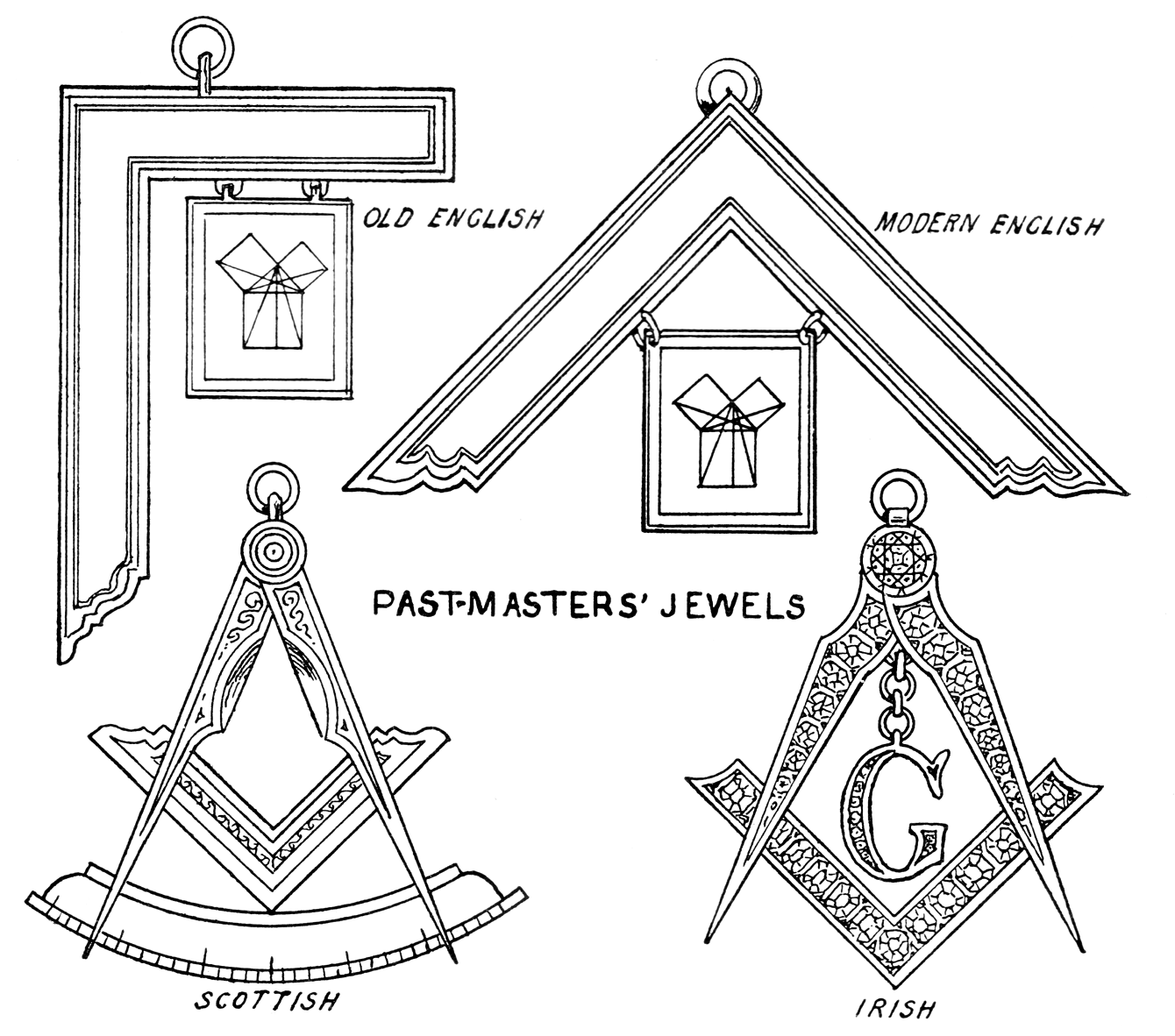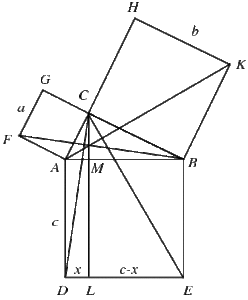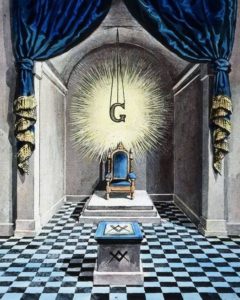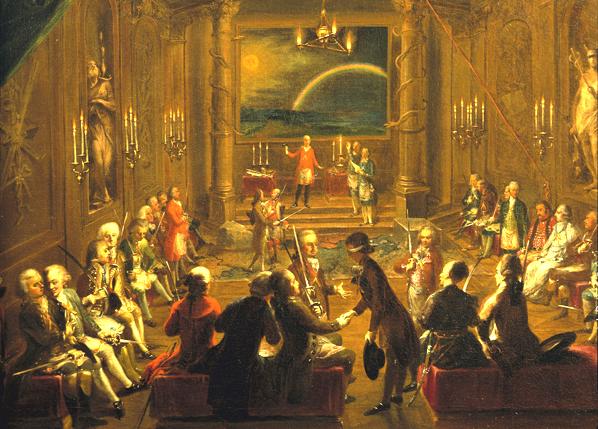Before I enter into the subject of the masonic steps , I first wish to make my case for introducing compulsory Catechism in the Craft.
Freemasons are told that it is their duty “to make a daily advancement in Masonic knowledge”. But as Freemasonry is a “peculiar system of morality, veiled in allegory and illustrated by symbols” it is no surprise that some Brethren find the task challenging for its complexity. As the Craft evolved , Masonic education stopped being the main focus of the meetings and became perceived as an irritation. Intellectual stimulation has been replaced by a rush to higher offices, honorifics and obsessive charity work. The purpose of the Lodge of Instruction should be , as the name implies, to teach Masonic wisdom to the new and/or lesser educated Brethren, but it often consists of only a couple of hours of ritual rehearsal. There are also those Masons who believe that attending numerous meetings, performing various Masonic duties and so forth, somehow transforms them in “better men”. But Masonic knowledge is not to be found in the parroting of the Ritual Book, nor in the perfect execution of the ceremony with its perambulations and interactions. No matter how well all of that is performed, it has no part in the achievement of Masonic awareness; it only provides focus and entertainment for the Lodge guests.
Yet everything in Freemasonry has its importance and significance, even something as simple as a Masonic step has its symbology.
(Aldo Reno)
STEP OFF WITH YOUR LEFT FOOT
A step is not only a progressive body action but when taken in a Masonic Lodge, it is a figurative forward movement towards reaching the objectives to which the Candidate aspires by joining the Order. But whilst in all walks of life it is customary, or simply natural, to step off with the right foot, in Freemasonry it is not. The reason lays in the traditional association of the left foot with man’s heart and intuition , which always urge him to take prompt action towards a  desired goal. When the initiate enters the Temple, he is blindfolded; he is in the dark both physically and metaphorically . His initiation is a journey from the state of ignorance that the darkness represents towards the world of knowledge and spirituality epitomised by the light. The Candidate’s stepping forward with his left foot is a symbolical gesture taken to assert that he is ready to trample all the material things and possessions that chain him to this world of temptations, sin and spiritual ignorance. The forward movement of the left foot and leg also gives strength and stability to the thrusting movement of the right hand, which is the limb usually armed with the spear that
desired goal. When the initiate enters the Temple, he is blindfolded; he is in the dark both physically and metaphorically . His initiation is a journey from the state of ignorance that the darkness represents towards the world of knowledge and spirituality epitomised by the light. The Candidate’s stepping forward with his left foot is a symbolical gesture taken to assert that he is ready to trample all the material things and possessions that chain him to this world of temptations, sin and spiritual ignorance. The forward movement of the left foot and leg also gives strength and stability to the thrusting movement of the right hand, which is the limb usually armed with the spear that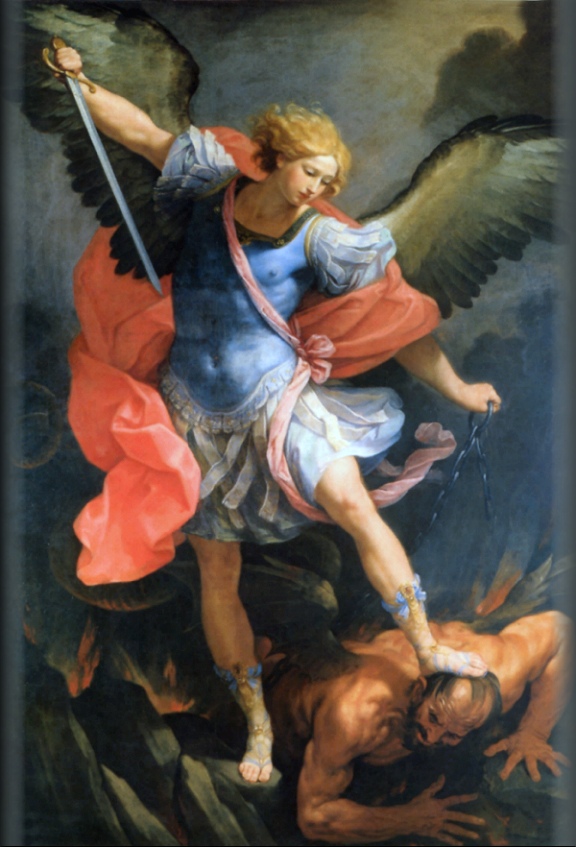 kills the snake, the dragon or whichever symbol is used to represent the devil. And indeed in mythology and in religion the devil is always depicted being crushed under the left foot.
kills the snake, the dragon or whichever symbol is used to represent the devil. And indeed in mythology and in religion the devil is always depicted being crushed under the left foot.
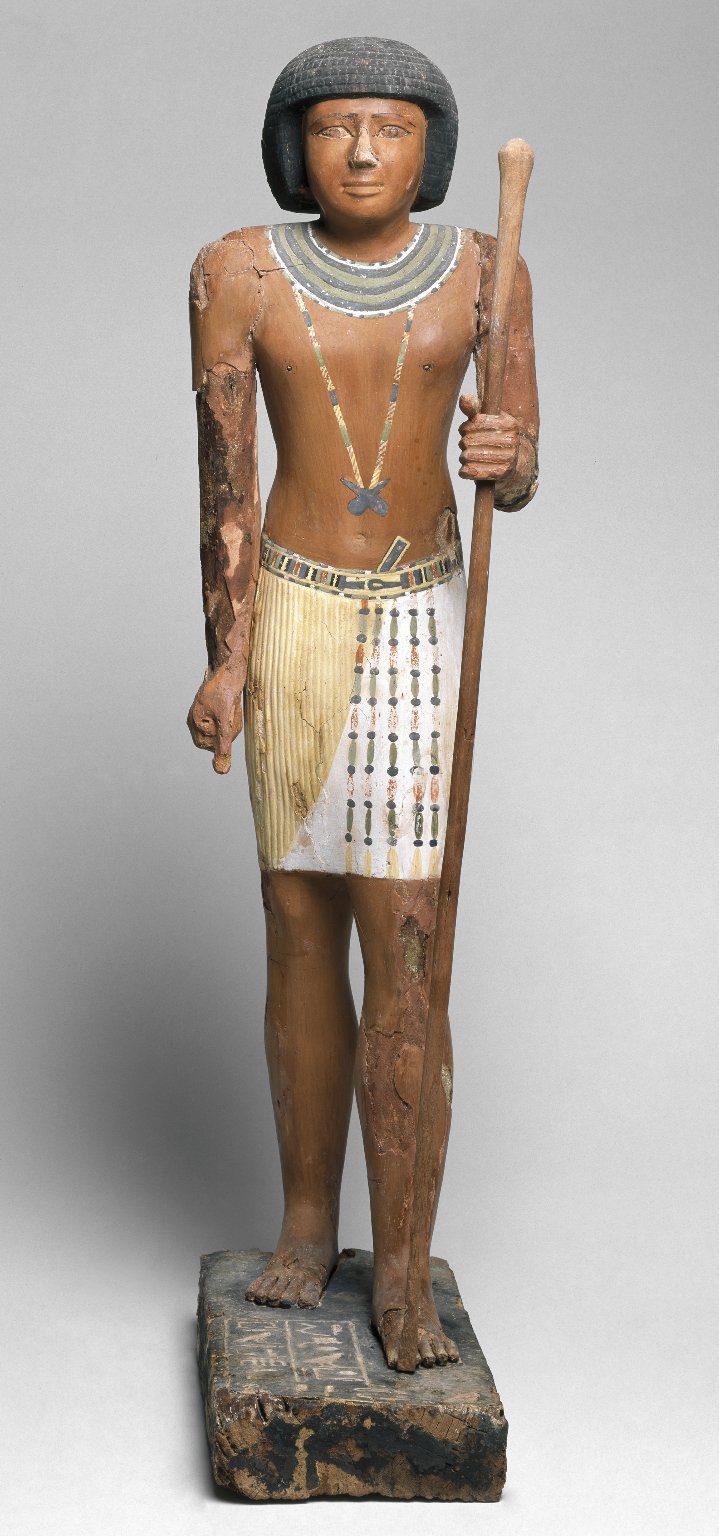 In ancient Egypt, the left advanced foot represented the power of Isis, a goddess which is also known as the one who marks a new beginning. The Egyptians believed that at death , the Soul leaves the physical body and – if it is proved worthy – undertakes a journey to the “City of Light”[1]. For this reason most Egyptian statues and hieroglyphics depict standing figures with their left foot always presented in a forward position, to symbolise the beginning of the subjects’ own journey into the afterlife. In a similar belief every Brother, by stepping forward with the left foot , re-confirms – or asserts for the first time , if he is an Initiate – the pledge that he will shed all material things in favor of an emblematic journey that will gradually take him from the darkness (ignorance) to the light , alas self-consciousness and spirituality.
In ancient Egypt, the left advanced foot represented the power of Isis, a goddess which is also known as the one who marks a new beginning. The Egyptians believed that at death , the Soul leaves the physical body and – if it is proved worthy – undertakes a journey to the “City of Light”[1]. For this reason most Egyptian statues and hieroglyphics depict standing figures with their left foot always presented in a forward position, to symbolise the beginning of the subjects’ own journey into the afterlife. In a similar belief every Brother, by stepping forward with the left foot , re-confirms – or asserts for the first time , if he is an Initiate – the pledge that he will shed all material things in favor of an emblematic journey that will gradually take him from the darkness (ignorance) to the light , alas self-consciousness and spirituality.
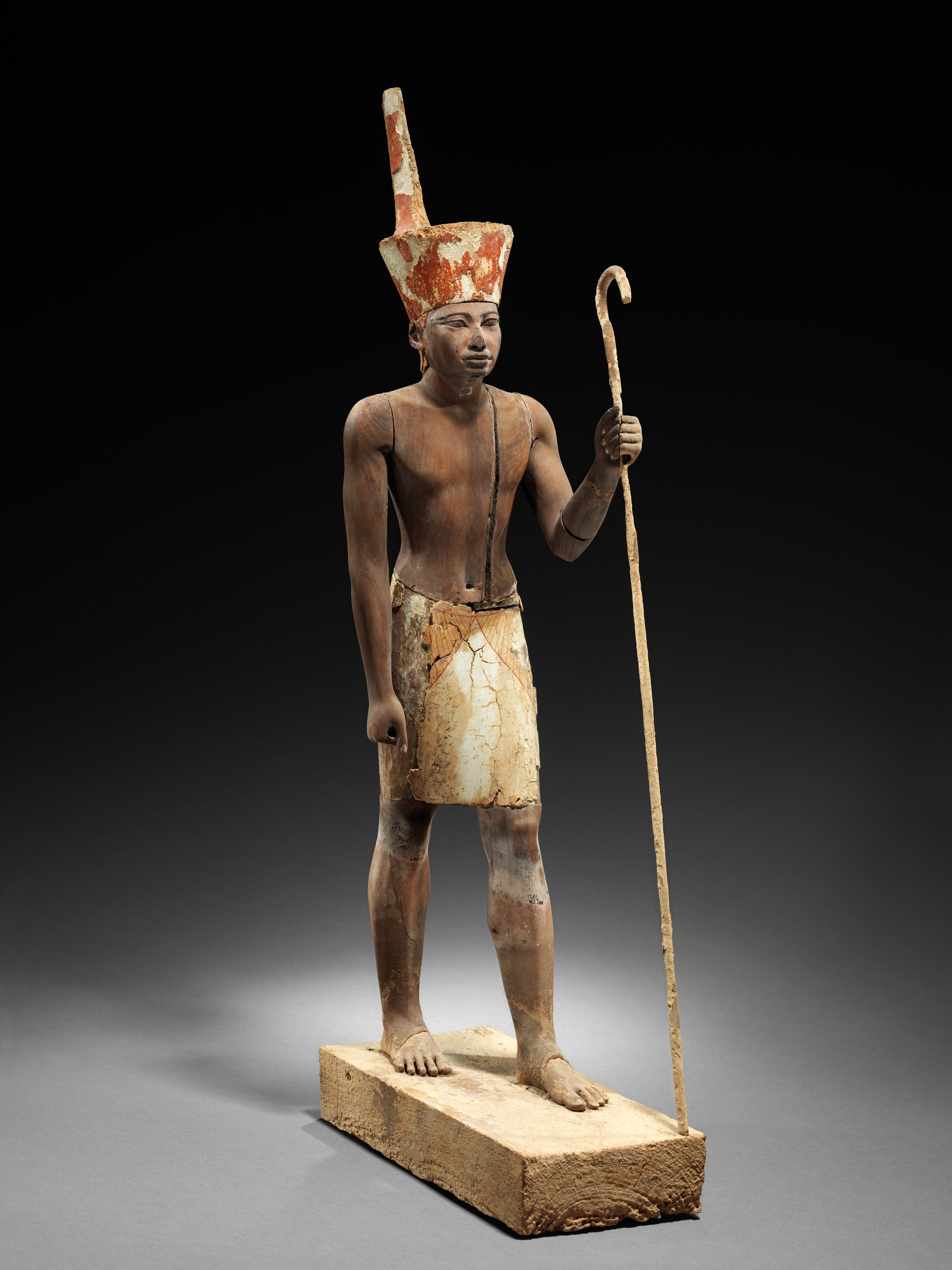
But is it just the stepping off with the left foot that has a meaning in Freemasonry? The answer is negative ; the right foot is also important and it too has a symbolical significance.
The right foot is associated with the head (or the conscious mind) which often acts as a brake on the ardent impulses of the heart. Indeed , when the right foot is placed in the required Masonic position, it acts as a brake to the subject’s locomotion and gives him a sensation of lameness when he attempts to walk.
The Greek philosopher Plato[2] stated in his work “The Republic” that by coming into this world and being confined in a material body, the Soul of man is rendered lame; a condition however that as I will explain later , rather than counteracting, fortifies the Soul on its journey to a superior plane of consciousness.
In the western ancient religions there was a God – which the Romans called Vulcan , the Greeks Hephaestus, the Egyptians Ptah or Phtah and the Jews Tubalcain – who was depicted as grotesque and with one leg shorter than the other. For the ancient Greeks, Hephaestus [3] was either the son of both Hera and Zeus or the son of only Hera who gave birth to him in retaliation for the solitary birth of Athena from Zeus’ head. Hephaestus was therefore a God but an extremely ugly one in a celestial world where only beauty, strength and perfection were acceptable. His family threw him off Mount Olympus and that action caused 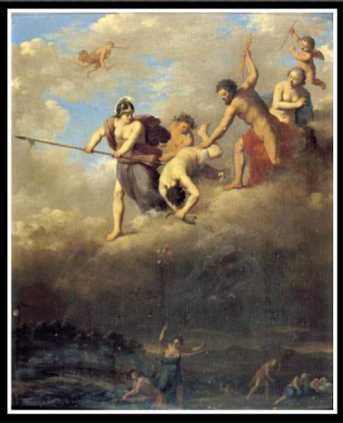 him to break a leg and become lame. Yet Hephaestus, despite his physical imperfection, was later allowed to re-enter the Pantheon[4] because through that act of violence and the ordeal he suffered, he had come out the other side much stronger. During his time on earth he mastered the use of fire – a symbol of purification and regeneration in every culture – and developed skills which he later put to the service of humanity. The Homeric Hymns, says that Hephaestus “taught men , who formerly lived in caves like animals, work that was noble to do on the earth” (The Hymn to Hephaestus).
him to break a leg and become lame. Yet Hephaestus, despite his physical imperfection, was later allowed to re-enter the Pantheon[4] because through that act of violence and the ordeal he suffered, he had come out the other side much stronger. During his time on earth he mastered the use of fire – a symbol of purification and regeneration in every culture – and developed skills which he later put to the service of humanity. The Homeric Hymns, says that Hephaestus “taught men , who formerly lived in caves like animals, work that was noble to do on the earth” (The Hymn to Hephaestus).
This tale is of course all an allegory!
What Hephaestus’s story tells us is that our strongest and best work can grow out of imperfection, that our very brokenness is one of the strongest tools available to us. The metals work in which Hephaestus is said in mythology to have attained the greatest skill – in the Masonic ritual Tubal-cain is described as “the first artificer in metals” – did not consist in building a most beautiful throne to Zeus or forging armors for the other deities, but something more admirable, purer and above all meaningful. “Metals” are really a reference to man’s wordly possessions and “work” is an allusion to the transmutation process from base “metal” to gold, alias spiritual perfection.
In conclusion , I believe that the Masonic steps represent a symbolical assertion by the Freemason :
- of his eagerness to crush all the material temptations that chain down his Soul to this imperfect world;
- that he must never act on impulse alone but must pause and use his rational mind ;
- that to begin his allegorical journey to spiritual perfection he must learn to overcame the difficulties – like the lameness in Hephaestus – that are inflicted on him , for they are given to him to strengthen his Soul on the journey to a superior spiritual plane.
So mote it be!
The author forbids any reproduction or publication of this article, in full or in part, without his explicit authorisation.
[1] also known as Heliopolis. Located in Ayn Shams, a north eastern suburb of Cairo, Heliopolis was the capital of the 13th Lower Egypt and one of the dest cities of ancient Egypt. It was also a major religious center.
[2] Born in 428/427BC in Athens, Greece—died in 348/347, Athens. Plato was an ancient Greek philosopher, student of Socrates (c. 470–399 ), teacher of Aristotle (384–322 ) and founder of the Academy. He is best known as the author of philosophical works of unparalleled influence.
[3] Some stories tell us that it was Zeus who threw Hephaestus from Olympus for taking Hera’s side in a quarrel and that Hephaestus became lame as a result of the fall. Other myths say that Hephaestus was born lame and that Hera threw him from Olympus because she was ashamed of his deformity. Hephaestus landed in the ocean and was rescued by sea nymphs, who raised him in a cave under the sea and taught him many skills. Hephaestus became a master craftsman was known as the “Blacksmith God”.
[4] The Pantheon was a celestial Temple from where the twelve Olympian deities ruled the mortals.
SOURCES
- Emulation Lodge of Improvement website: https://emulationloi.org/silvermatchbox/
- The Myth Encyclopedia – http://www.mythencyclopedia.com
- “Hephaestus and how brokenness contributes to creativity” by Allison Stiege December 12, 2013 http://creativitypost.com


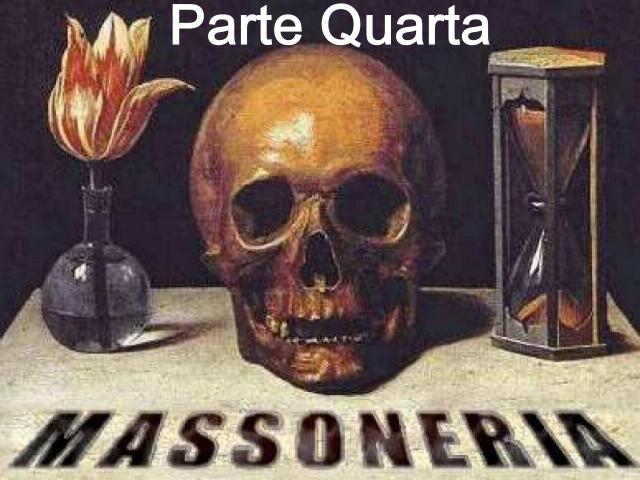
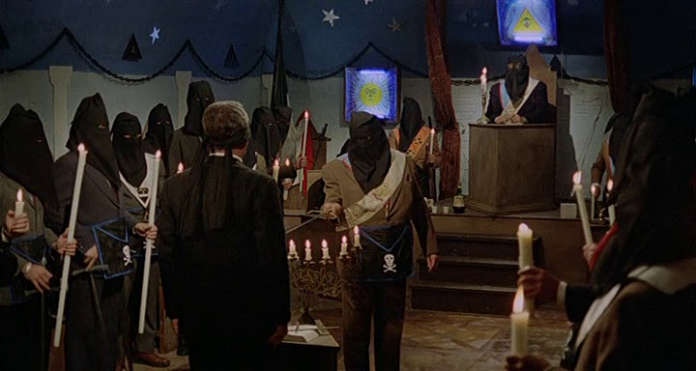 infondere in lui la profonda responsabilità del momento e dell’atto che si accinge a compiere. Tutti i Fratelli intervenuti alla cerimonia dovrebbero, con l’immobilità del corpo , creare un cerchio di solidarietà che il profano possa intravede compatto, a testimonianza che la solennità del giuramento è un indissolubile vincolo che lega moralmente e materialmente i Massoni fra di loro.
infondere in lui la profonda responsabilità del momento e dell’atto che si accinge a compiere. Tutti i Fratelli intervenuti alla cerimonia dovrebbero, con l’immobilità del corpo , creare un cerchio di solidarietà che il profano possa intravede compatto, a testimonianza che la solennità del giuramento è un indissolubile vincolo che lega moralmente e materialmente i Massoni fra di loro. Il Massone , dicono gli antichi doveri di un libero muratore , non sarà mai un ateo ma la sua religione sara’ quella religione sulla quale tutti gli uomini sono d’accordo. Egli riconoscera’ l’esistenza dell’Essere Supremo ma è lasciato libero di di interpretarlo come meglio sa e come può. Ma ogni Massone deve avere l’aspirazione di raggiungere o avvicinarsi alla conoscenza di Dio ,riconoscendo la sua sovrana autorità incombente sui destini dell’Universo.
Il Massone , dicono gli antichi doveri di un libero muratore , non sarà mai un ateo ma la sua religione sara’ quella religione sulla quale tutti gli uomini sono d’accordo. Egli riconoscera’ l’esistenza dell’Essere Supremo ma è lasciato libero di di interpretarlo come meglio sa e come può. Ma ogni Massone deve avere l’aspirazione di raggiungere o avvicinarsi alla conoscenza di Dio ,riconoscendo la sua sovrana autorità incombente sui destini dell’Universo.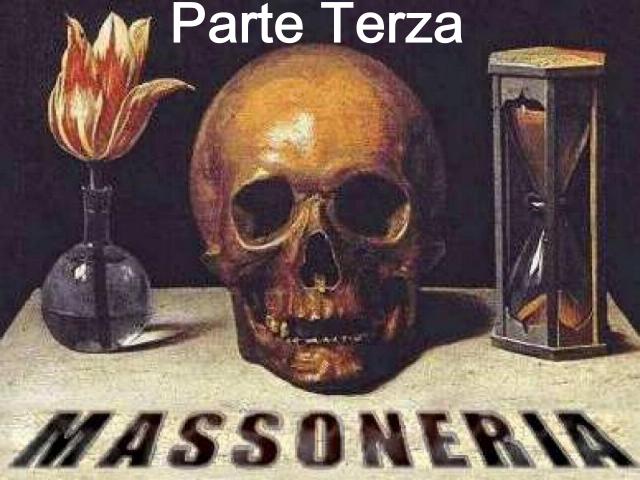
 L’Iniziazione Massonica, così come viene svolta ora, racchiude forse in sè tutte le antiche iniziazioni, tutti i miti, tutti i riti dell’antichità. Il suo simbolismo ci parla da secoli con la stessa lingua, con gli stessi atti coi quali i Sacerdoti di Iside venivano consacrati, con le stesse parole con le quali venivano unti i Re ed i Sacerdoti di Israele.
L’Iniziazione Massonica, così come viene svolta ora, racchiude forse in sè tutte le antiche iniziazioni, tutti i miti, tutti i riti dell’antichità. Il suo simbolismo ci parla da secoli con la stessa lingua, con gli stessi atti coi quali i Sacerdoti di Iside venivano consacrati, con le stesse parole con le quali venivano unti i Re ed i Sacerdoti di Israele.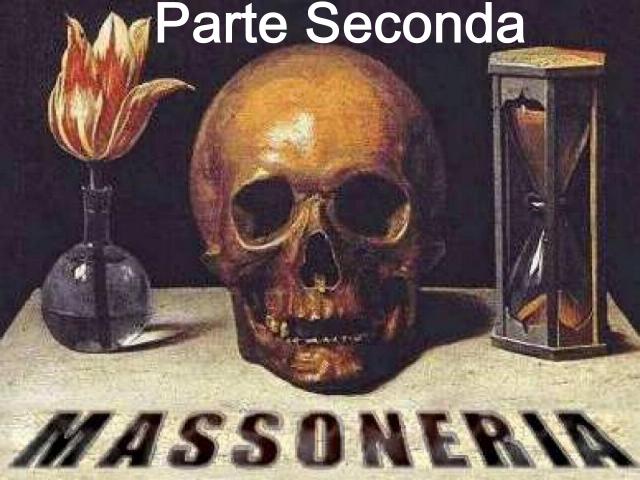
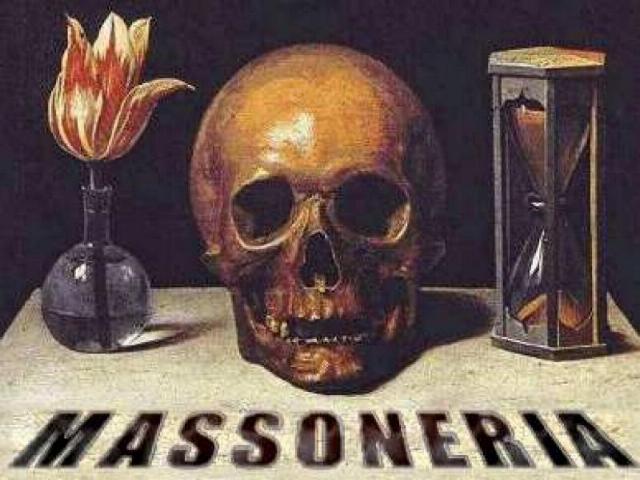
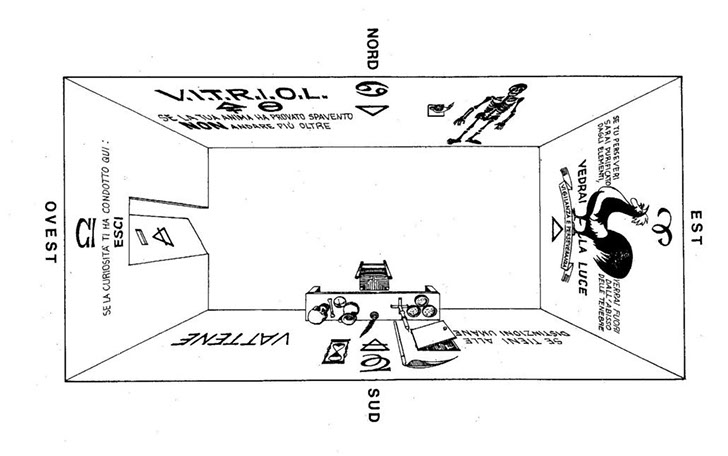 La Massoneria è un legame che unisce fraternamente. In effetti, nessuna Istituzione è così decisamente tesa all’unione universale, perché essa si sforza soprattutto di porre in evidenza i punti di concordia di tutte le opinioni – specie quelle religiose – e di superarne i contrasti. Fare del bene al prossimo, combattere i pregiudizi e lavorare per la propria perfezione, deve essere l’opera del Massone. Fare del bene ai propri simili significa impiegare tutte le facoltà che abbiamo per essere a loro utili, sempre rispettando il principio della giustizia. I pregiudizi che la Massoneria si sforza di combattere sono soprattutto quelli che tendono a separare gli uomini con divisioni sorte dalla diversità delle loro fedi religiose e dalle loro tendenze politiche che la Libera Muratoria rispetta quando siano professate in buona fede. Infine lavorare alla nostra perfezione interiore significa illuminare il nostro cuore alla luce della Verità e delle Scienze e fortificarci contro le lusinghe delle passioni.
La Massoneria è un legame che unisce fraternamente. In effetti, nessuna Istituzione è così decisamente tesa all’unione universale, perché essa si sforza soprattutto di porre in evidenza i punti di concordia di tutte le opinioni – specie quelle religiose – e di superarne i contrasti. Fare del bene al prossimo, combattere i pregiudizi e lavorare per la propria perfezione, deve essere l’opera del Massone. Fare del bene ai propri simili significa impiegare tutte le facoltà che abbiamo per essere a loro utili, sempre rispettando il principio della giustizia. I pregiudizi che la Massoneria si sforza di combattere sono soprattutto quelli che tendono a separare gli uomini con divisioni sorte dalla diversità delle loro fedi religiose e dalle loro tendenze politiche che la Libera Muratoria rispetta quando siano professate in buona fede. Infine lavorare alla nostra perfezione interiore significa illuminare il nostro cuore alla luce della Verità e delle Scienze e fortificarci contro le lusinghe delle passioni.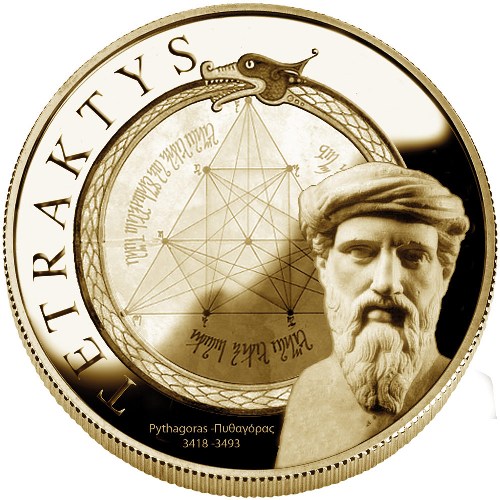
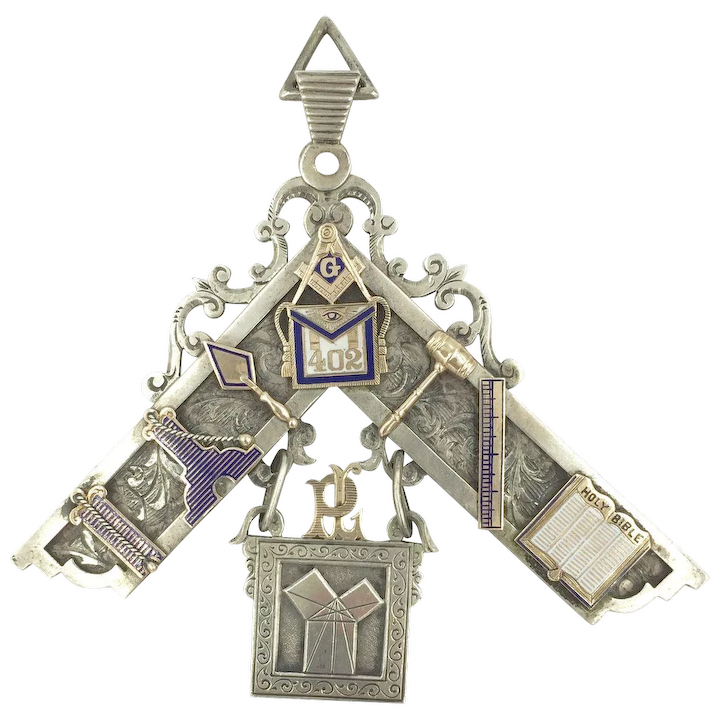 d Speculative Mason. Its importance lies further in the fact that the motif shown on the jewel is also a representation of the Square, the Level and Plumb Rule, which are tools used to prepare the ashlars
d Speculative Mason. Its importance lies further in the fact that the motif shown on the jewel is also a representation of the Square, the Level and Plumb Rule, which are tools used to prepare the ashlars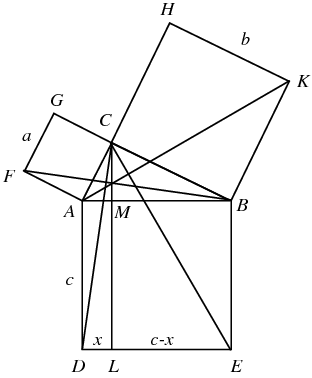 perfect the stability of a structure – be that physical or allegorical – is inevitably compromised. But many Past Masters do not know of the existence of Pythagoras’s theorem nor its meaning and just as I was, they are ignorant of the fact that it is represented on the regalia they wear in the Lodge.
perfect the stability of a structure – be that physical or allegorical – is inevitably compromised. But many Past Masters do not know of the existence of Pythagoras’s theorem nor its meaning and just as I was, they are ignorant of the fact that it is represented on the regalia they wear in the Lodge.
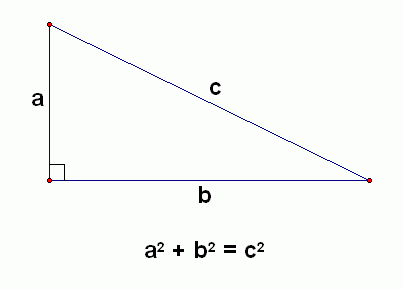
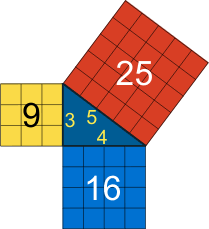
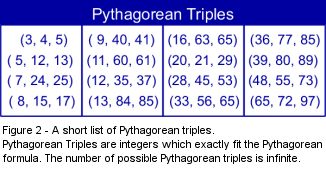
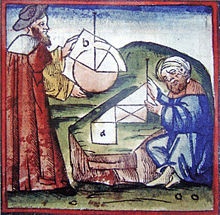
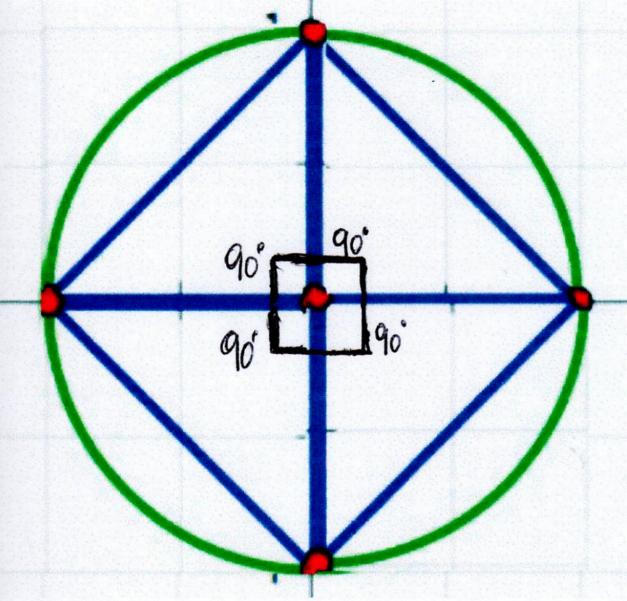
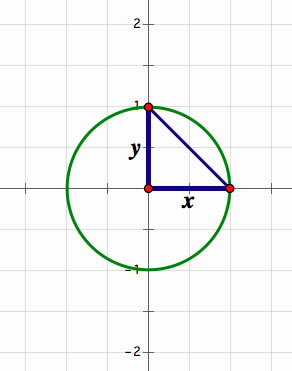 asks the Junior Warden the question “what is a square?” the Officer replies: “It is an angle of 90 degrees or the forth part of a circle”. A statement that would sound meaningless if you do not know a bit of Geometry and never heard of the Pythagoras’s Theorem!
asks the Junior Warden the question “what is a square?” the Officer replies: “It is an angle of 90 degrees or the forth part of a circle”. A statement that would sound meaningless if you do not know a bit of Geometry and never heard of the Pythagoras’s Theorem!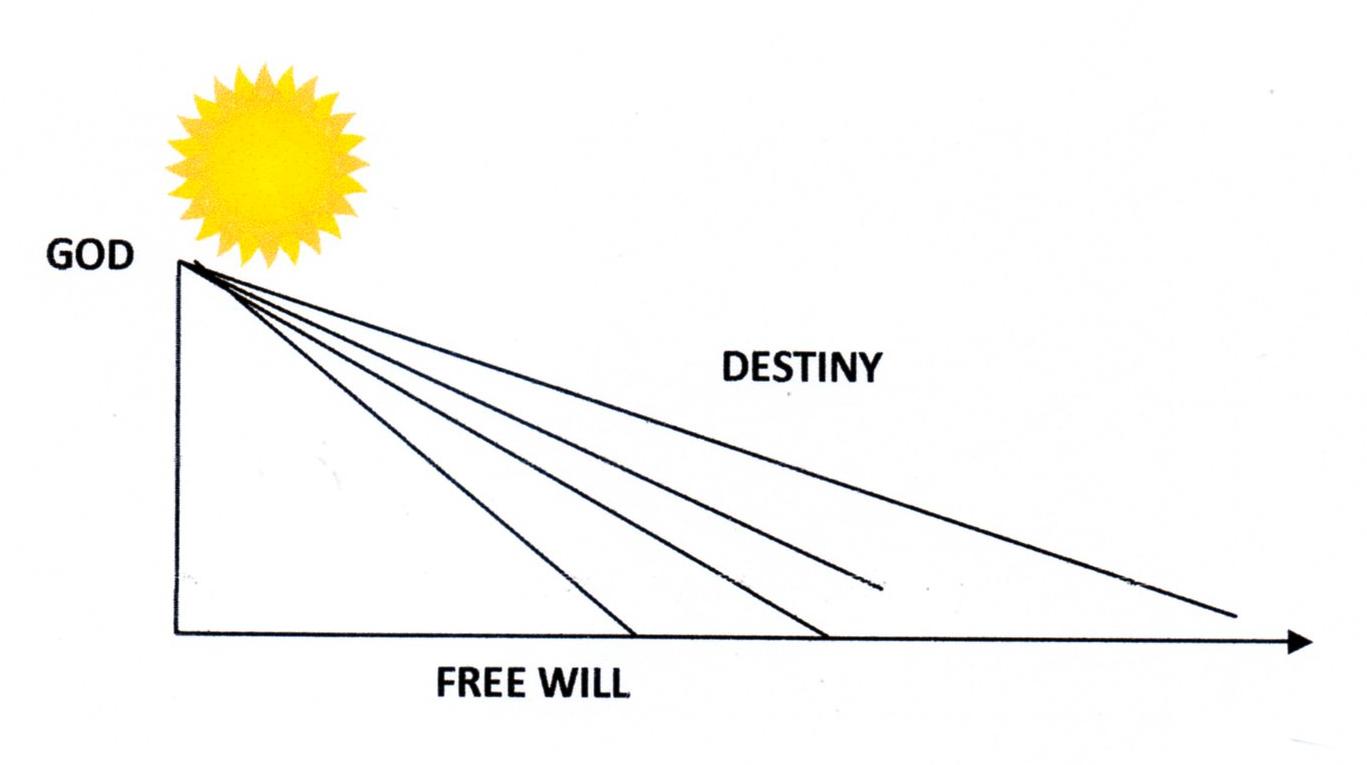 and suggests that balancing the relation between them allows man to advance in his spiritual journey. The longer man applies his “libero arbitrio” – or free will – the longer it will take him to join as one with God.
and suggests that balancing the relation between them allows man to advance in his spiritual journey. The longer man applies his “libero arbitrio” – or free will – the longer it will take him to join as one with God. 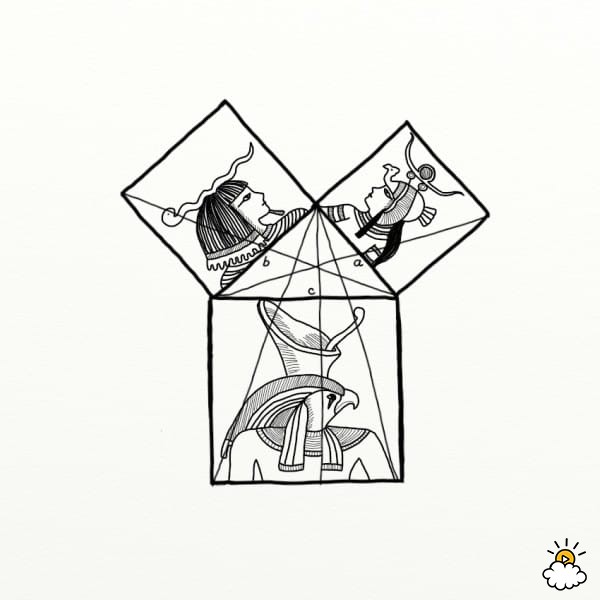 horizontal line of 4 units, was attributed to Isis and the Hypotenuse (5 units) to Horus, the son of Osiris and Isis
horizontal line of 4 units, was attributed to Isis and the Hypotenuse (5 units) to Horus, the son of Osiris and Isis 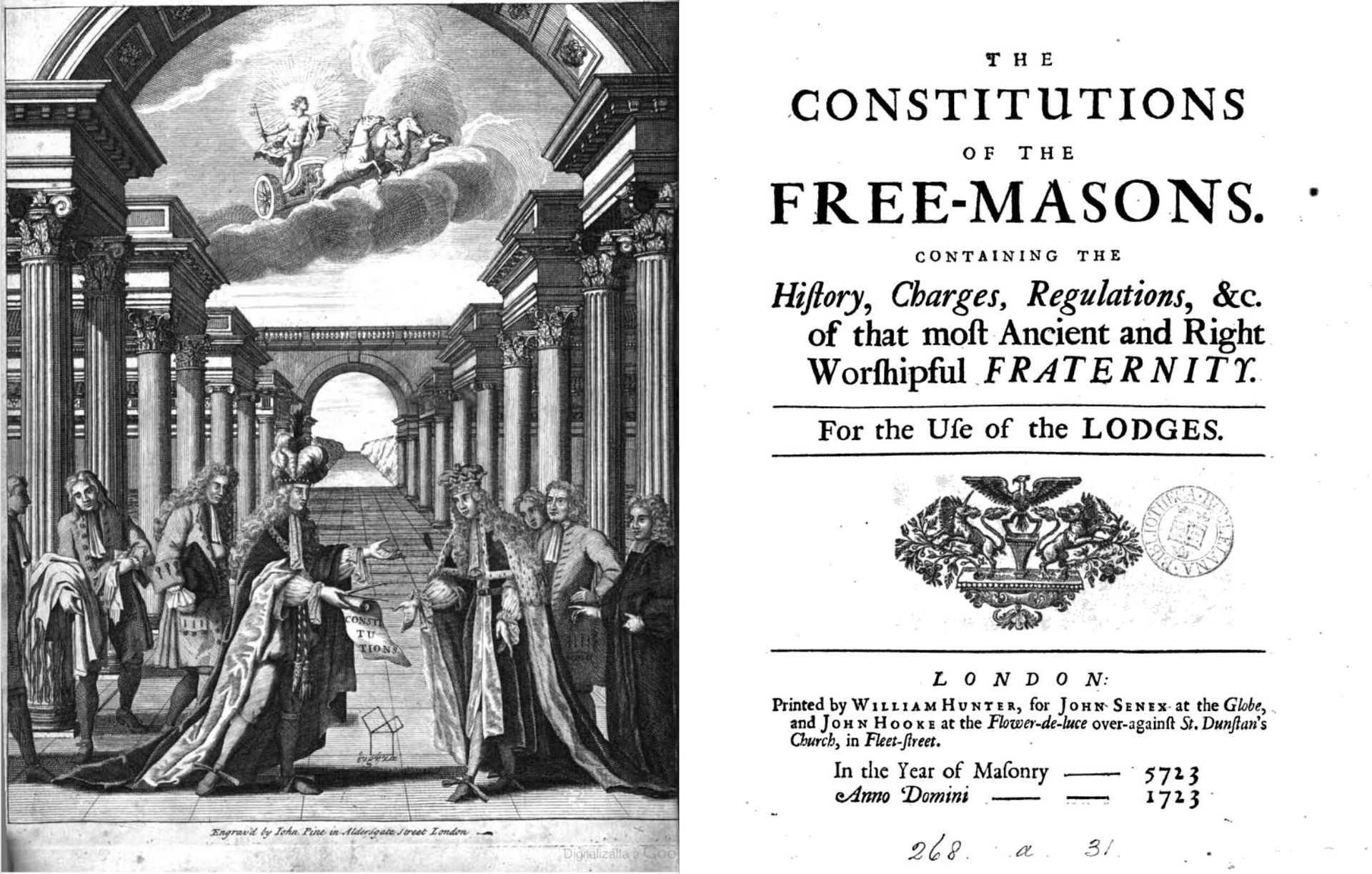
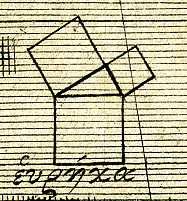 The one on the left is possibly the Grand Master the Duke of Montagu and he can be seen passing the scroll of the Constitutions to the other Grand Master, Philip, Duke of Wharton. Both Grand Masters have attendants and the one in the left is shown carrying an apron and a pair of gloves. In between the principal figures, is a diagram of Pythagoras’s Theorem with the Greek word “Eureka” – which in Ancient Greek means “I have found it” – written beneath it.
The one on the left is possibly the Grand Master the Duke of Montagu and he can be seen passing the scroll of the Constitutions to the other Grand Master, Philip, Duke of Wharton. Both Grand Masters have attendants and the one in the left is shown carrying an apron and a pair of gloves. In between the principal figures, is a diagram of Pythagoras’s Theorem with the Greek word “Eureka” – which in Ancient Greek means “I have found it” – written beneath it.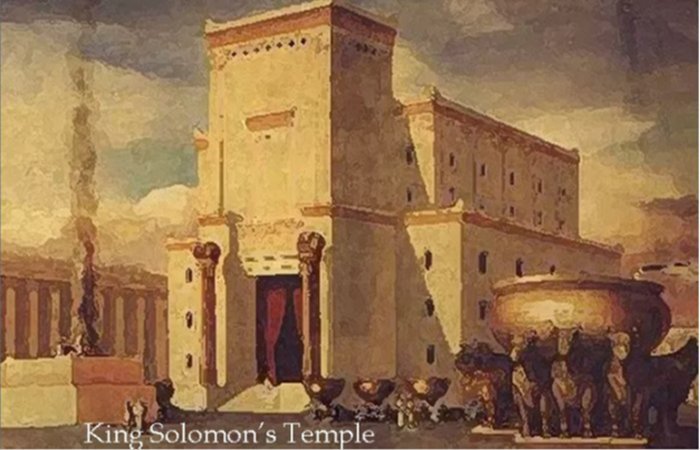
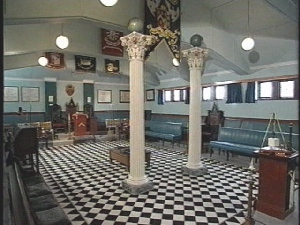
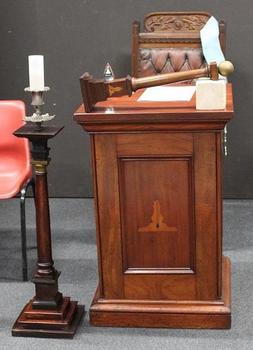
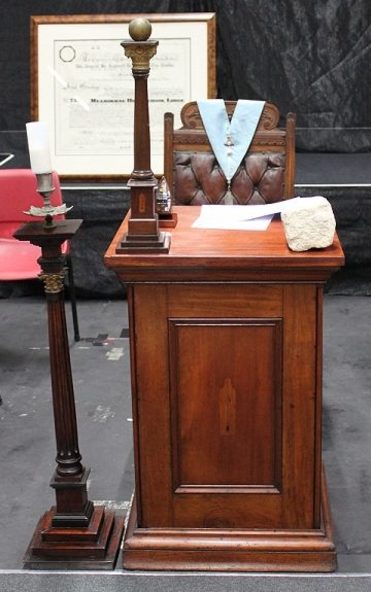
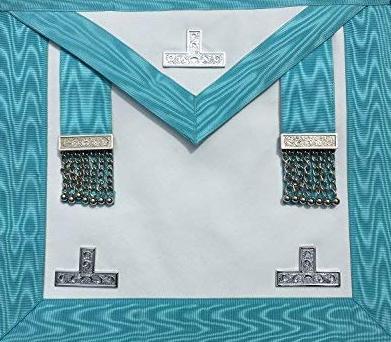
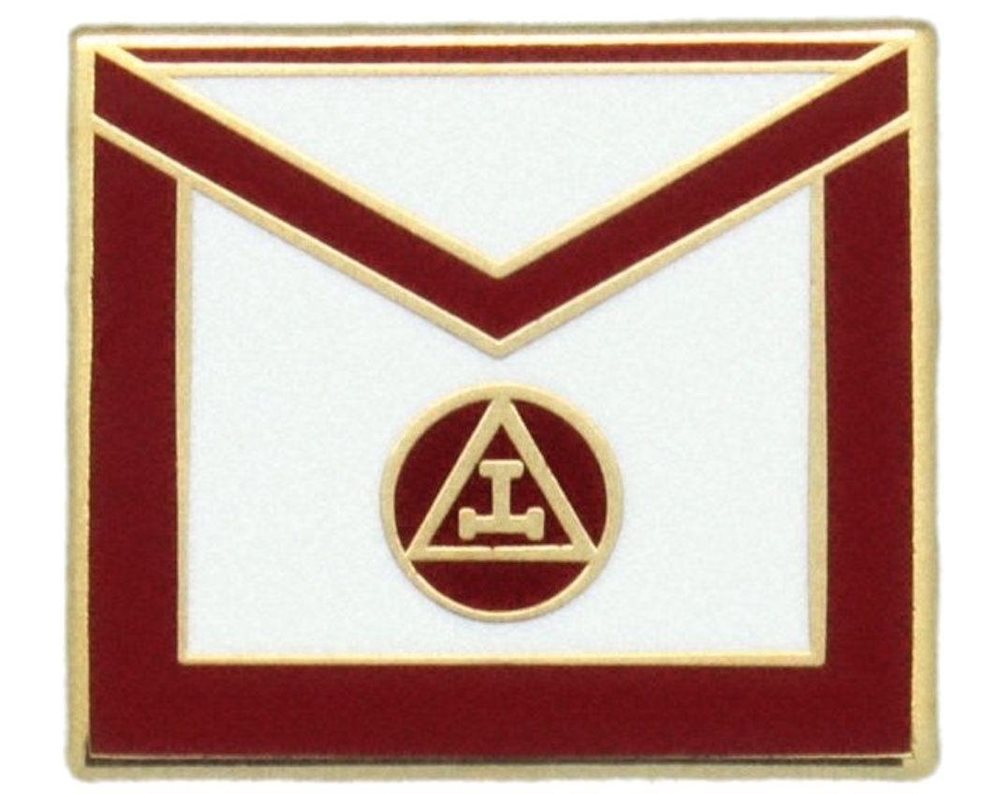


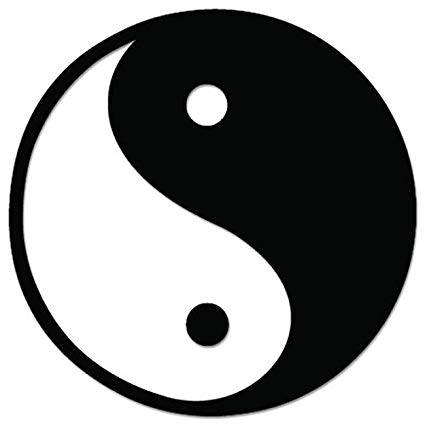 Chinese philosophy has the concept of dualism and the opposites are called YIN and YANG.
Chinese philosophy has the concept of dualism and the opposites are called YIN and YANG.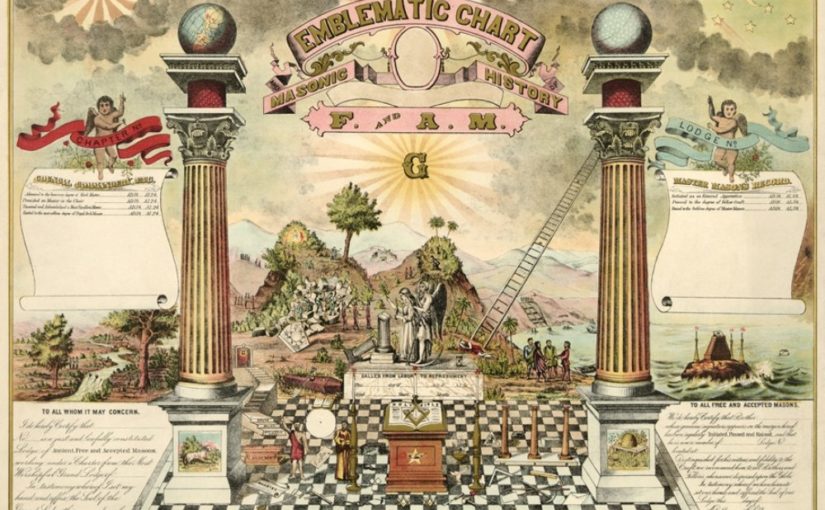
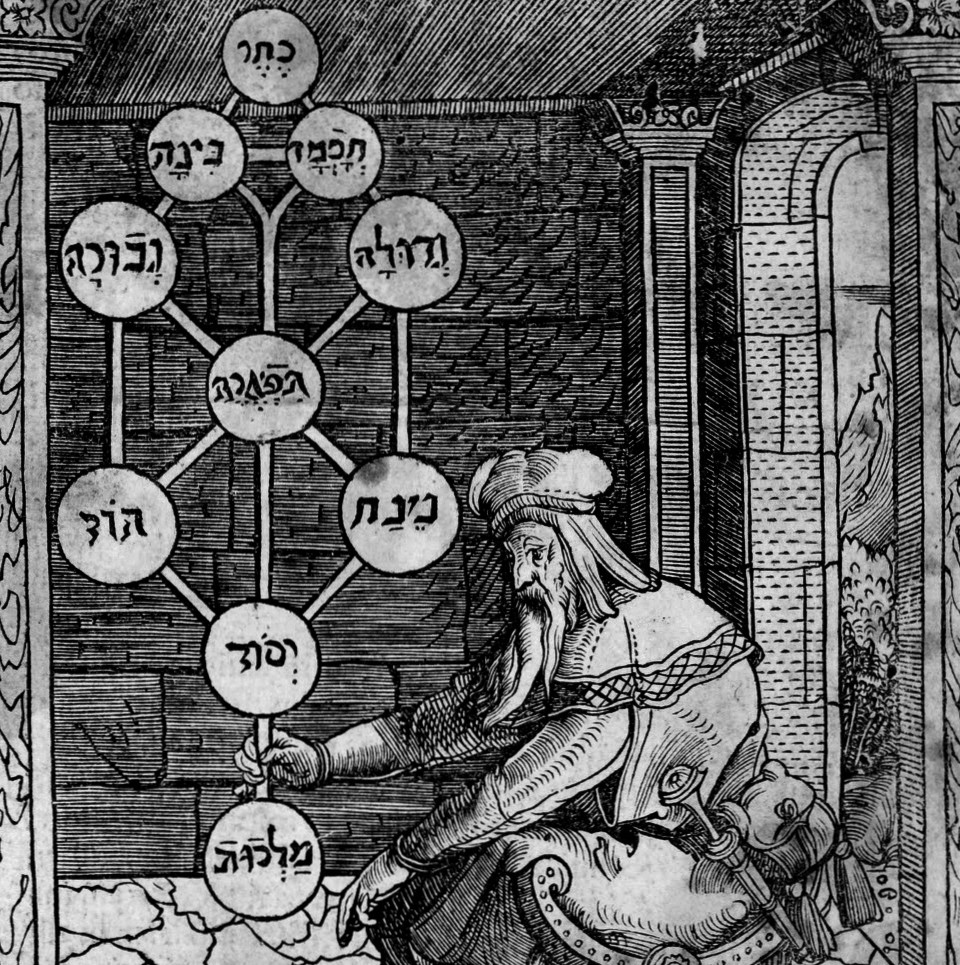
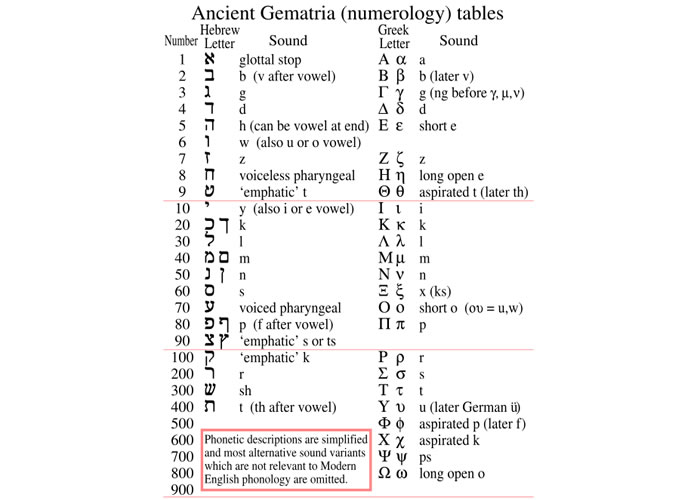 Through those numbers one can calculate the numerical value of a word and by computing that value with one or more other words, a connection is established that can prove larger conceptual conclusions. One example of Gematria can be found in the interpretation of Genesis 14:14.
Through those numbers one can calculate the numerical value of a word and by computing that value with one or more other words, a connection is established that can prove larger conceptual conclusions. One example of Gematria can be found in the interpretation of Genesis 14:14.